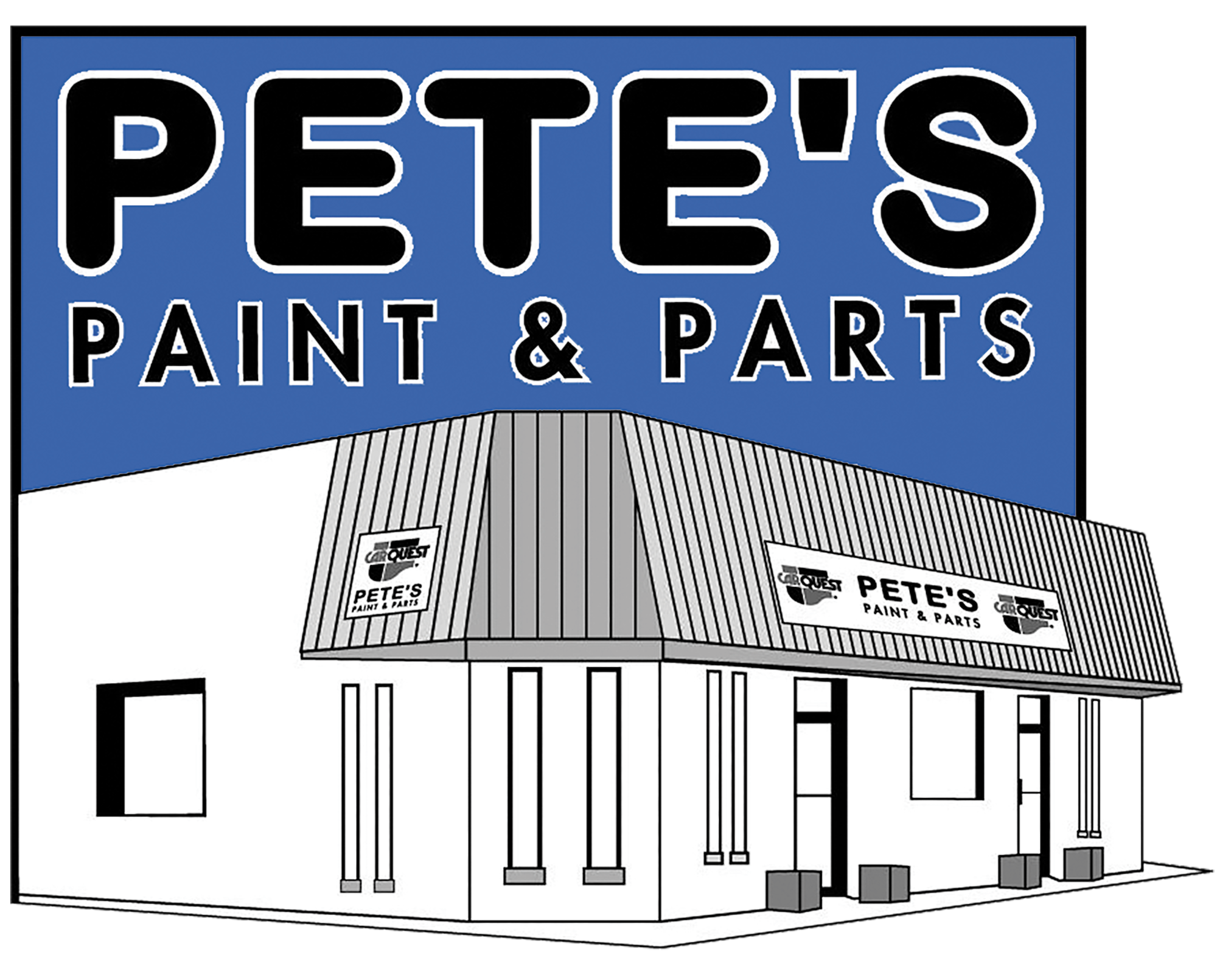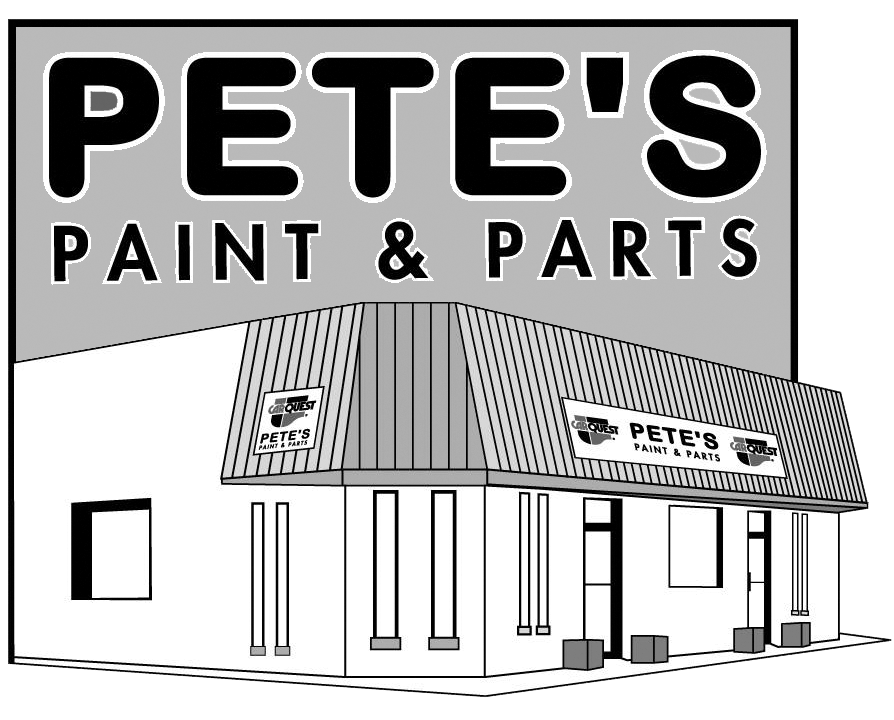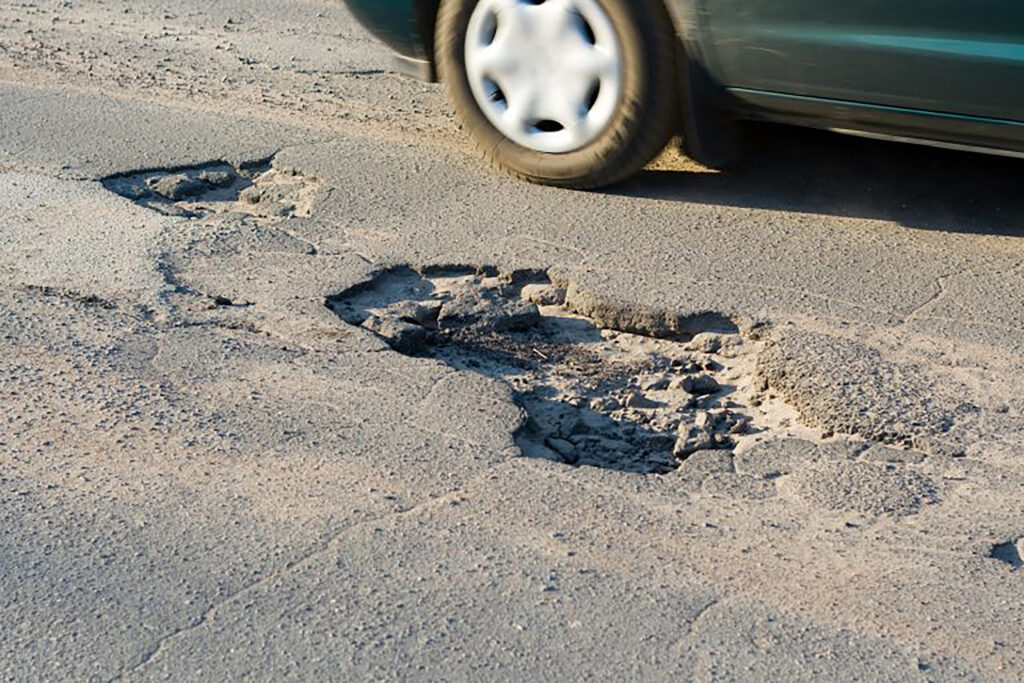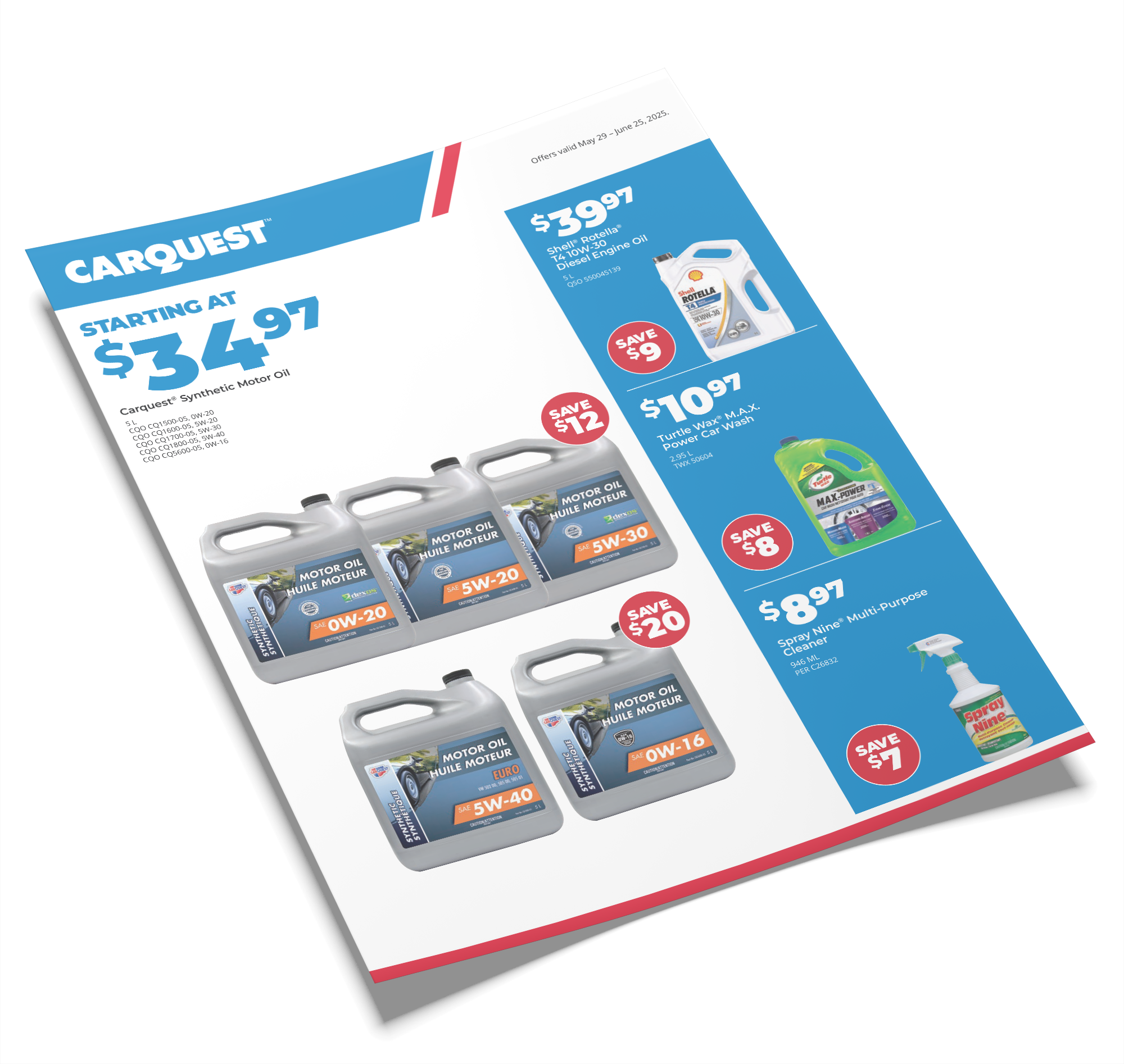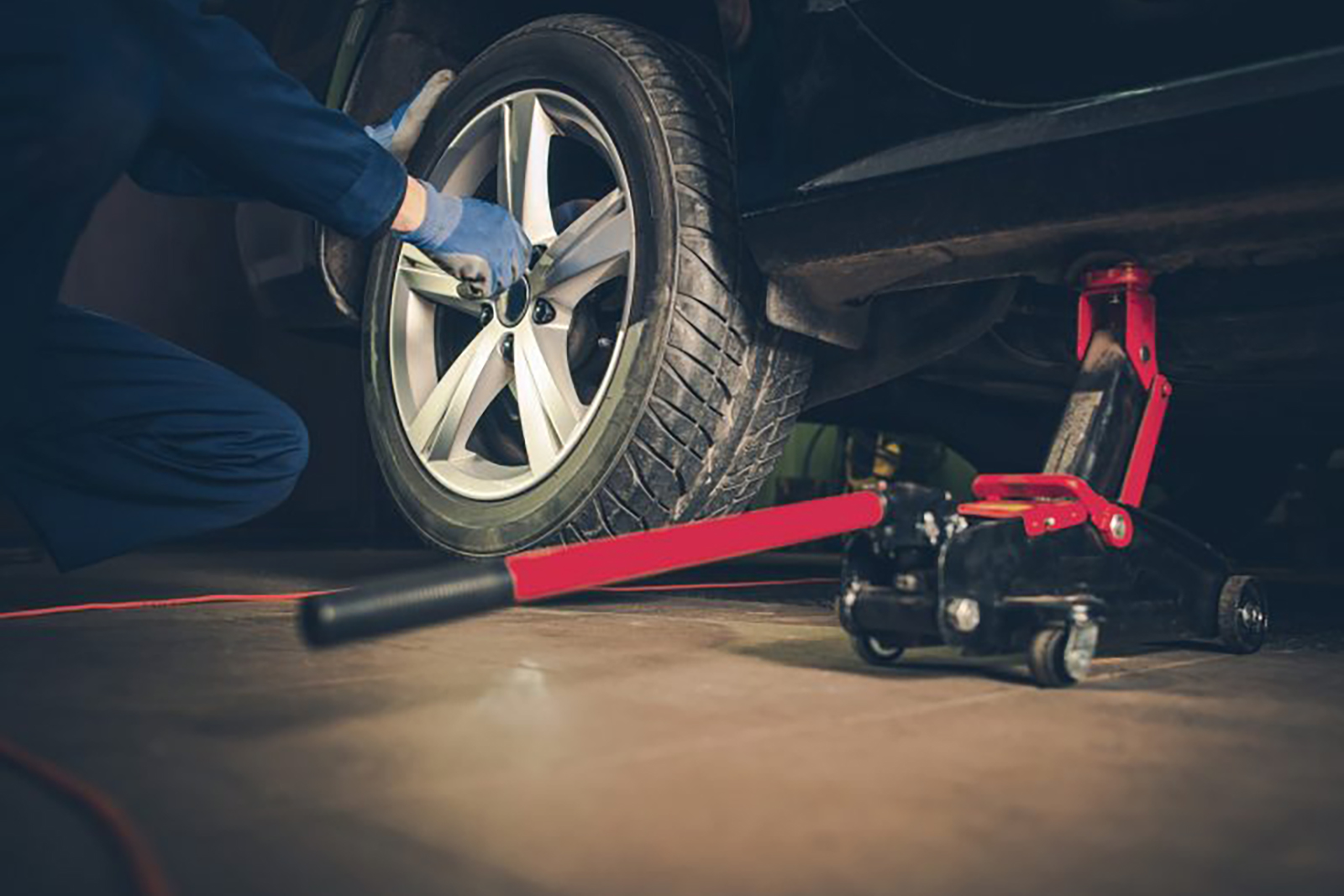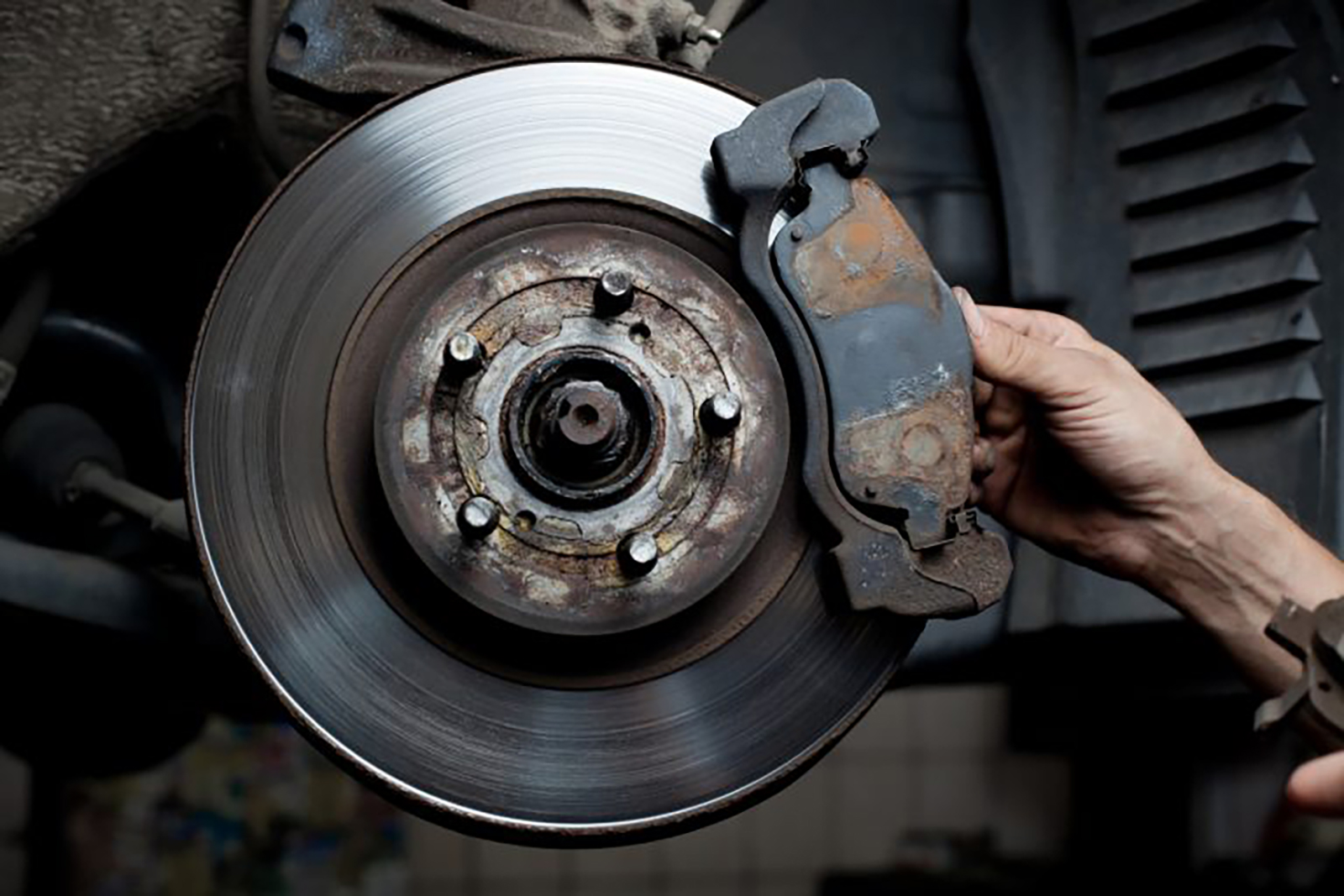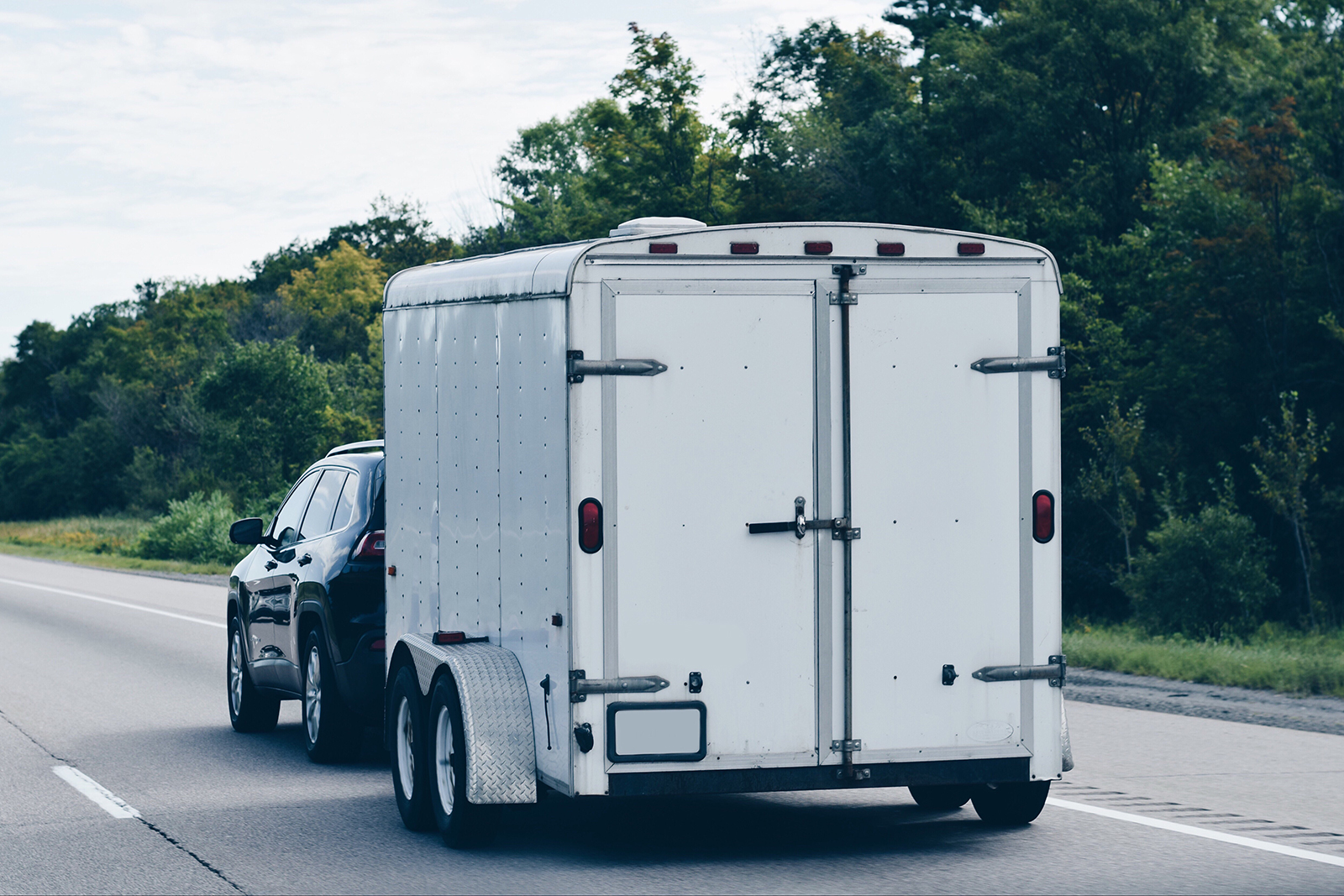Potholes and Your Car
We’ve all been there. You’re driving along the city street when, suddenly, you hear a horrific cracking noise come from underneath your car. The whole world seems to shake as you cringe, as if you can feel the car damage that’s been done. It doesn’t take long to realize that there’s a new rattle coming from the car. What kinds of auto parts will you need in order to fix this? How do these kinds of things happen? And what can you do to make sure that the car parts that you buy aren’t completely a waste, destroyed in three months by yet another pothole?
The Where and What of Potholes
Potholes cause around $300 in damage annually to the average American driver. They occur when the ground underneath the road becomes corroded, displaced, or shifted. Though often associated with just cold climates, even warm places like California have terrible pothole problems. In colder climates that experience snowy winters, potholes often form faster, as the small cracks in the road are expanded by the freezing and thawing of water.
How They Damage your Car Parts (and which ones to check)
Potholes, especially large ones, can cause serious car damage, especially if the issues caused by the potholes aren’t addressed quickly. To understand how to check for damage, you need to know how the damage occurs. If you’re running low-profile tires, the risk is high that the tire itself can become damaged. This happens when the shock from the pothole pinches the sidewall of the tire against the rim. A pinched tire can lead to a flat.
Moreover, a pinched tire likely means that the rim itself has banged against the pavement, which means that the tire (in addition to being pinched) could lose its seal with the rim, causing the tire to come off. The rim can also become bent in this process, leading to a shake in the wheel at speed. There can also be a hairline fracture, which is difficult to detect with the naked eye, that can cause the wheel to separate over time and at speed, which is highly dangerous.
Wheel bearings are the next in line. Though it’s unlikely to totally destroy a wheel bearing by hitting one large pothole, this is the kind of wear and tear that accumulates over time, causing expense by forcing you to replace the bearing much earlier than otherwise due to the continued shock and wear.
The suspension of the car is also at risk though, like wheel bearings, you’ll likely not notice any significant changes from a single pothole. Accumulation of hard shocks over time can cause premature breakage and leakage of suspension components. Particularly extremely bumpy roads taken at speeds can actually overhead the fluid in your shocks, causing them to cease their proper functions.
Although there are myriad different suspension layouts, the important thing is to inspect them regularly – all of them feature connecting rods and joints that can bend and shear under the extreme shocks from hitting potholes at speed.
Early Detection of Damage
If you want to make a trip to the auto parts store instead of having your car towed away after it’s too late, there are a few things to watch out for after a particularly gnarly encounter with a big pothole. A shaking steering wheel, especially at highway speeds, is a sign that you may have wheel or suspension damage. If the steering wheel is out of alignment or the car experiences a pull in either direction, you’ll want to stop and check things out. The same goes for any rattling or clunking noises.
Early detection isn’t just key to preventing catastrophic parts failure, but saves you money in the long run. If the alignment of your car is knocked off or if there’s even a minor shake in the steering wheel, your tires can wear unevenly, causing you to have to replace them prematurely. This added cost is never a welcome addition to the already high cost of operating a car in today’s world. By checking for damage early, you can eliminate much of the extra cost associated with potholes and bad roads.
Ways to Reduce the Risk of Damage
The best way to prevent damage to your car from hitting potholes is by running tires that have a higher sidewall.
This means that low-profile tires, which are often used for sportier handling and fashionable looks, often lead to more frequent and serious damage. A tire that has a higher sidewall is able to absorb much more of the shock from a pothole. When the shock doesn’t transfer to the wheel, it’s much less jarring to all of the other components in the car’s suspension as well. Pinch flats are much less likely, as is wheel damage.
If you’re driving a car with low-profile tires, one great way to reduce pothole damage is to run a second set of wheels and tires with a taller sidewall during the winter and spring. This is when the potholes are the most severe, and it can be a lifesaver to not worry about cracking your rim all winter long. If you come across potholes in the summer, use your sporty tires and wheels to maneuver around them! Of course be careful not to hit anything while doing this, but if you’re watching the road ahead you should be able to avoid a large number of potholes and save yourself the damage.
Potholes are everywhere, but by knowing a little bit about what happens when your car impacts them, you can save yourself both time and money. Remember the warning signs of damage, and inspect your car if you feel a shuddering wheel, hear a thud or clunk, or if your car develops a pull. And by running taller sidewalls on your tires, you can dramatically reduce the damage that your car might incur. If you follow these tips, you’ll make it through the pothole season unscathed.
